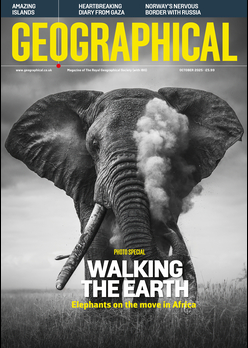
Find out the ten wealth hotspots in the world experiencing the highest growth since 2010, and why their wealth has been on the rise
By
The world is getting wealthier. That’s according to the Global Wealth Report released earlier this year, which analysed over 50 key markets across the globe to find that almost all were on the rise. But where exactly are the wealth hotspots – the places in which wealth is growing more than anywhere else?
In reverse order, here are the ten places experiencing the highest uptick in wealth since 2010:
10) Hungary – 109 per cent
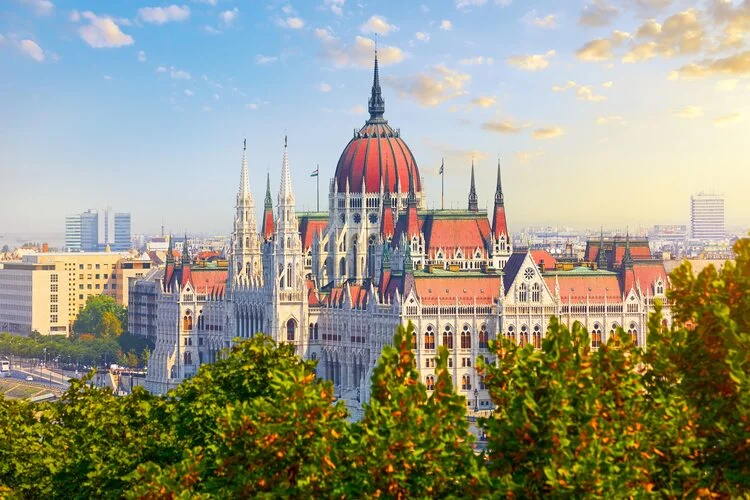
Hungary ranks in tenth place as a wealth hotspot in the world. Its central location, coupled with high-quality infrastructure, make it attractive for foreign investment. Between 1989 and 2017, Hungary received around 98 billion USD in foreign investment, mainly in the sectors of banking, automotives, software development, and life sciences.
Although income inequality increased in the 1980s in Hungary, this has since declined due to redistribution policies including increasing taxation of the upper middle class.
9) Czechia – 113 per cent
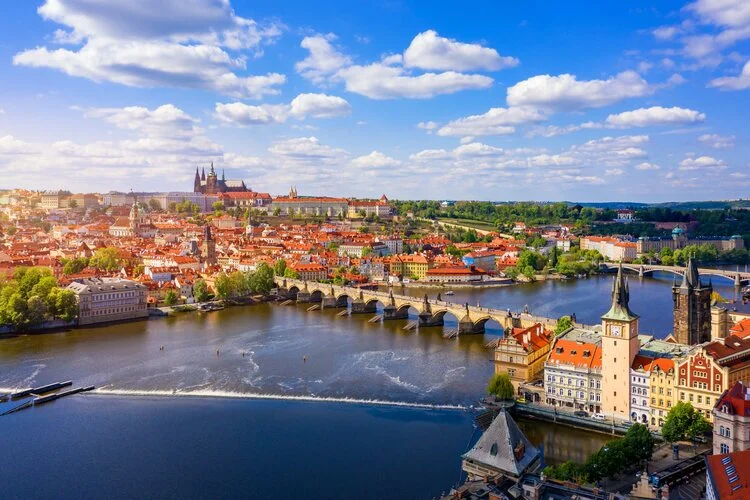
Czechia is the 17th wealthiest nation in Europe and 45th globally. Its open economy relies heavily on exports – mainly from automotive and engineering sectors – contributing to more than 70 per cent of its GDP. The country’s key business partners include Germany, Slovakia, Poland and France.
In 2023, Czechia was one of the most affected economies by the cost-of-living crisis, with its GDP falling by 0.3 per cent in 2023. The effects from the Russia-Ukraine war also played a part in the country’s GDP decline.
The Gini coefficient of Czechia – a measure of inequality – is the third most equal in OECD countries.
Read more of our articles here…
8) US – 121 per cent
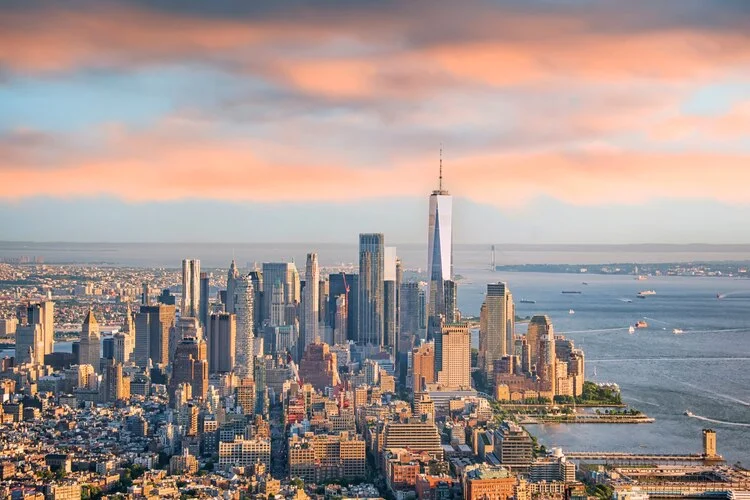
The US’s fast-growing economy, coupled with falling inflation and a strong labour market, makes it one of the wealth hotspots on the list. Reasons as to why the country has experienced such growth include its flexible job market – which gives consumers a higher disposable income – as well as a large productivity spike in 2023.
It is also a net exporter of energy. Unlike other countries in Europe that faced a significant impact on gas and energy prices following the Russia-Ukraine war – with gas prices rising by 20 per cent – the US only had an increase of around 3 to 4 per cent.
Despite its overall success, the US has wider disparities of wealth between the rich and poor compared to any other major developed nation.
Over the past four years, the combined wealth of the US’s billionaires has grown by 88 per cent to $5.529 trillion. Meanwhile, the poorest families in the country have plummeted into ‘negative wealth’: the value of their debts exceeding the value of their assets.
7) Indonesia – 125 per cent

Indonesia has the largest economy in Southeast Asia, with a GDP of over $1 trillion USD. It has cut its poverty rate by half since 1999, with its location and rich natural resources helping to boost its wealth.
It is the world’s largest producer of nickel, second largest producer of tin, and fourth largest producer of bauxite (used to create aluminium). Indonesia also is one of the world’s main suppliers of coffee, cocoa, palm oil and rubber.
Unlike other economies in the region, which are experiencing a peak in their working-age populations, Indonesia boasts a young workforce.
The country is also pursuing a 20-year development plan – spanning from 2005 to 2025 – which seeks to strengthen its economy.
6) Hong Kong – 127 per cent
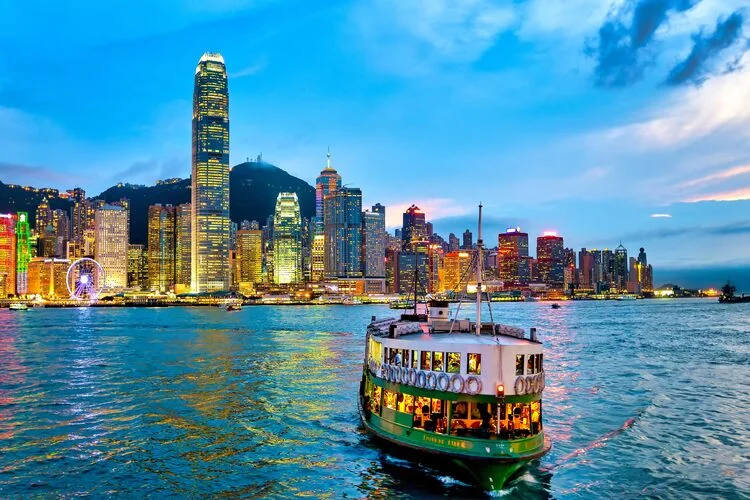
Hong Kong is mid-way on the list of wealth hotspots. Its increase in wealth can be attributed to a number of factors, including export-led growth and an uptick in tourism and consumption, with its economy growing by 3.2 per cent in 2023.
Hong Kong suffers from inequality among its population. In the past 40 years, the wage share earned by the top one per cent of Hong Kong’s population increased from 10.7 per cent to 16.3 per cent. Meanwhile, the share earned by the bottom 50 per cent has plummeted from 18.7 per cent to just 11.6 per cent.
In total, the wealth of Hong Kong’s 50 richest individuals fell by 9 per cent in 2023 to $296 billion. As of 2024, the total combined wealth of Hong Kong’s richest 0.001 per cent makes up more than half of the city’s income.
5) India – 135 per cent
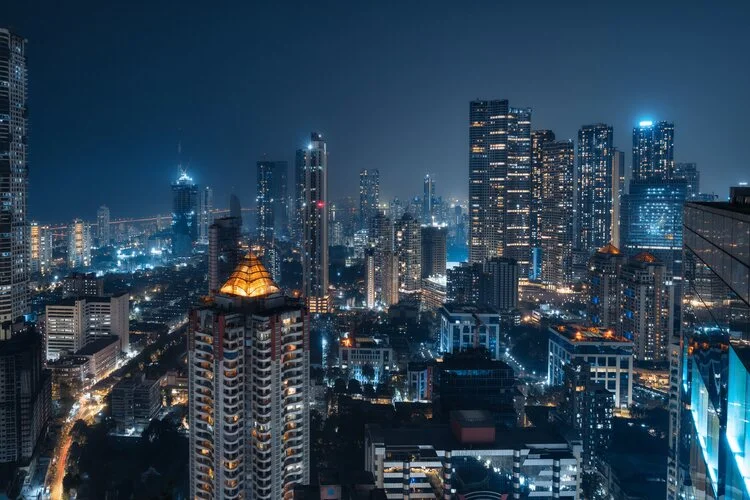
By 2075, it is estimated that India will have the world’s second-largest economy, according to Goldman Sachs. India’s growth, until now, has been mostly driven by domestic consumption – making up 55 to 60 per cent of the overall economy – as well as domestic investments.
Mumbai, in particular, has experienced growth in its billionaire population, now with 92 billionaires, third in the world after London and New York.
Despite its fast-growing economy, India experiences extreme inequality. The top ten per cent of India’s population holds 77 per cent of the total national wealth, and there are currently 119 billionaires in the country – a huge increase from just nine in 2000.
4) Israel – 140 per cent
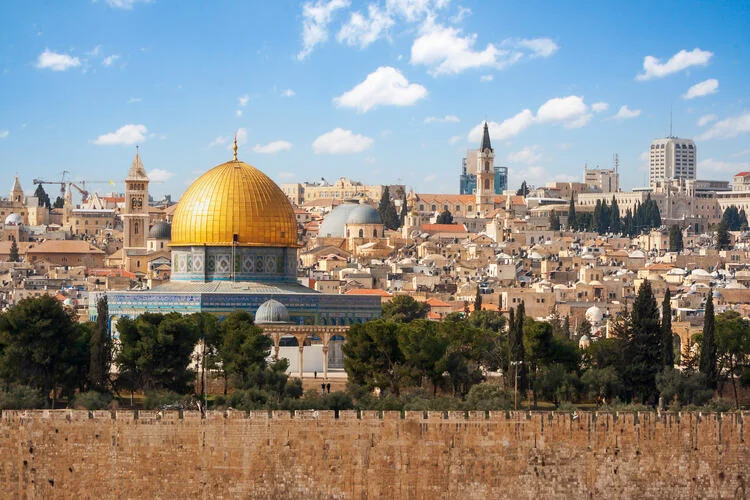
The centre of Israel – Tel Aviv – is home to a high-tech sector – mainly consisting of telecommunications and software companies – that contribute to the country’s wealth. More than 60 per cent of all high-tech jobs are in Tel Aviv, and 80 per cent of high-tech companies operate there.
Between 2013 and 2022, Israel had a net inflow of more than 10,500 high-net-worth individuals. Due to the ongoing war, the country experienced a drastic shift from a net inflow of 1,100 millionaires in 2022 to a net outflow of approximately 200 millionaires in 2023.
However, despite being one of the smallest countries in the OECD, Israel has significant socio-economic disparities. In the 2021 World Inequality Report, it was found that the bottom 50 per cent of the country”s population earns 19 times less than the top 10 per cent, levels similar to those in the US.
3) Qatar – 157 per cent
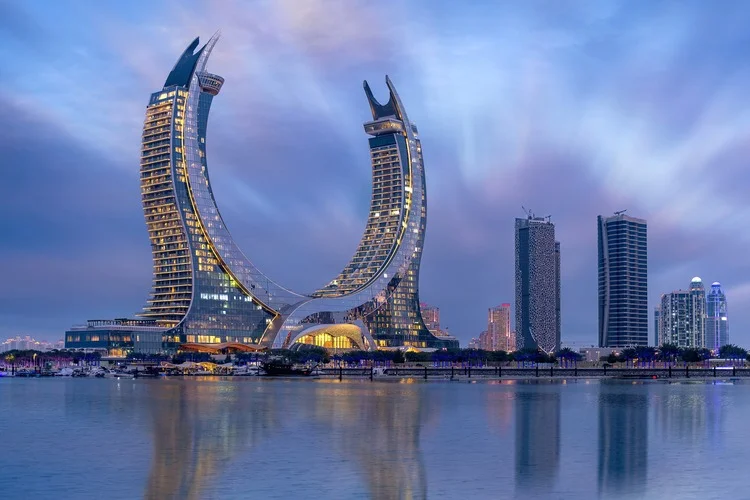
Qatar’s economic growth can be attributed towards several factors including its large gas reserves, a growth in tourism and new infrastructure projects. In particular, the country experienced a significant 4.2 per cent growth in 2022, primarily from hosting the FIFA World Cup.
It has also made huge steps in advancing its economy through the National Vision 2030, a project designed to make Qatar an advanced society that can support its own development, and provide a high standard of living for its inhabitants.
Qatar has also created residency programmes to attract high-skilled workers, and has reformed its foreign investment and property laws so that businesses can have up to 100 per cent foreign ownership in most sectors.
Although none of its population lives below $1.90 per day – a measure widely used to gauge income poverty – concerns still surround the treatment of migrant workers in the country around wage payments as there was with the construction of 2022 FIFA World Cup stadiums.
2) China – 185 per cent
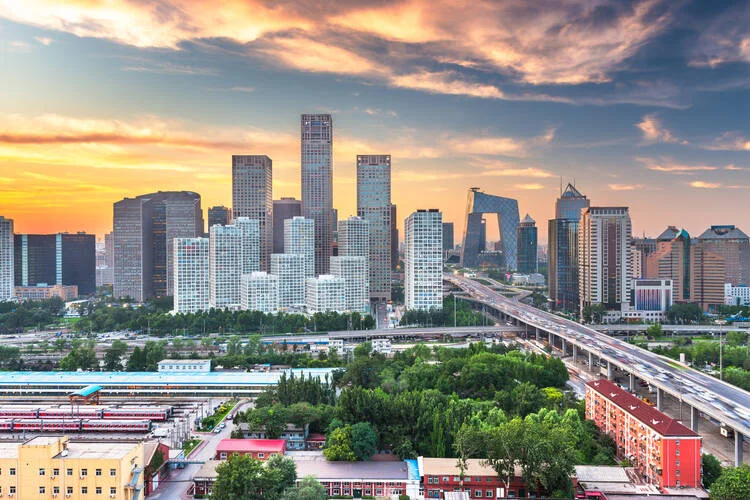
China is classed as an upper-middle-income country, with its growth attributed to strong investment and exporting goods which it manufactures. The share of China’s national income earned by the top ten per cent of the population has increased from 27 per cent in 1978, to 41 per cent in 2015, nearing that of the US (45 per cent).
Although China eradicated extreme poverty in 2020, 17.2 per cent of the country’s population lived on less than $6.85 per day in 2023.
Structural constraints, such as slowing productivity and declining labour force growth, mean that China’s economy is expected to undergo a slowdown in the medium term, according to the World Bank.
1) Kazakhstan – 190 per cent
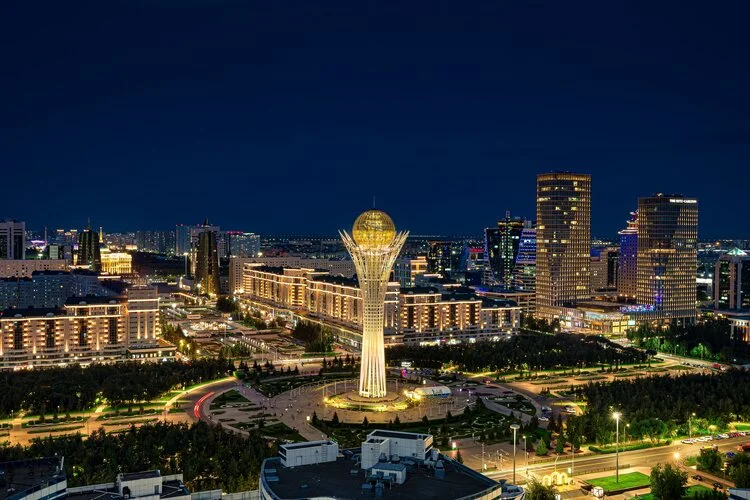
Taking first place as the number one wealth hotspot in 2024 is Kazakhstan. In the last few decades, the country has experienced strong economic growth, with its GDP rising steeply from $27 billion in 1990 to $261 billion in 2023.
One of the main reasons for Kazakhstan’s growth in wealth can be attributed to the abundance of natural resources in the country, such as oil and gas as well as precious metals.
Uranium, copper and zinc – used for nuclear power, construction and other projects –form some of Kazakhstan’s richest deposit supplies. The natural resource sector provides around 14.1 per cent of the country’s GDP and 17.5 per cent of its exports.
Despite its economic growth, poverty status fluctuates significantly in the country. A survey conducted by the UN between October 2020 and August 2022 found that more than 40 per cent of respondents said they were living in poverty at least once, and five per cent classified themselves as ‘chronically poor’ throughout each interview.

